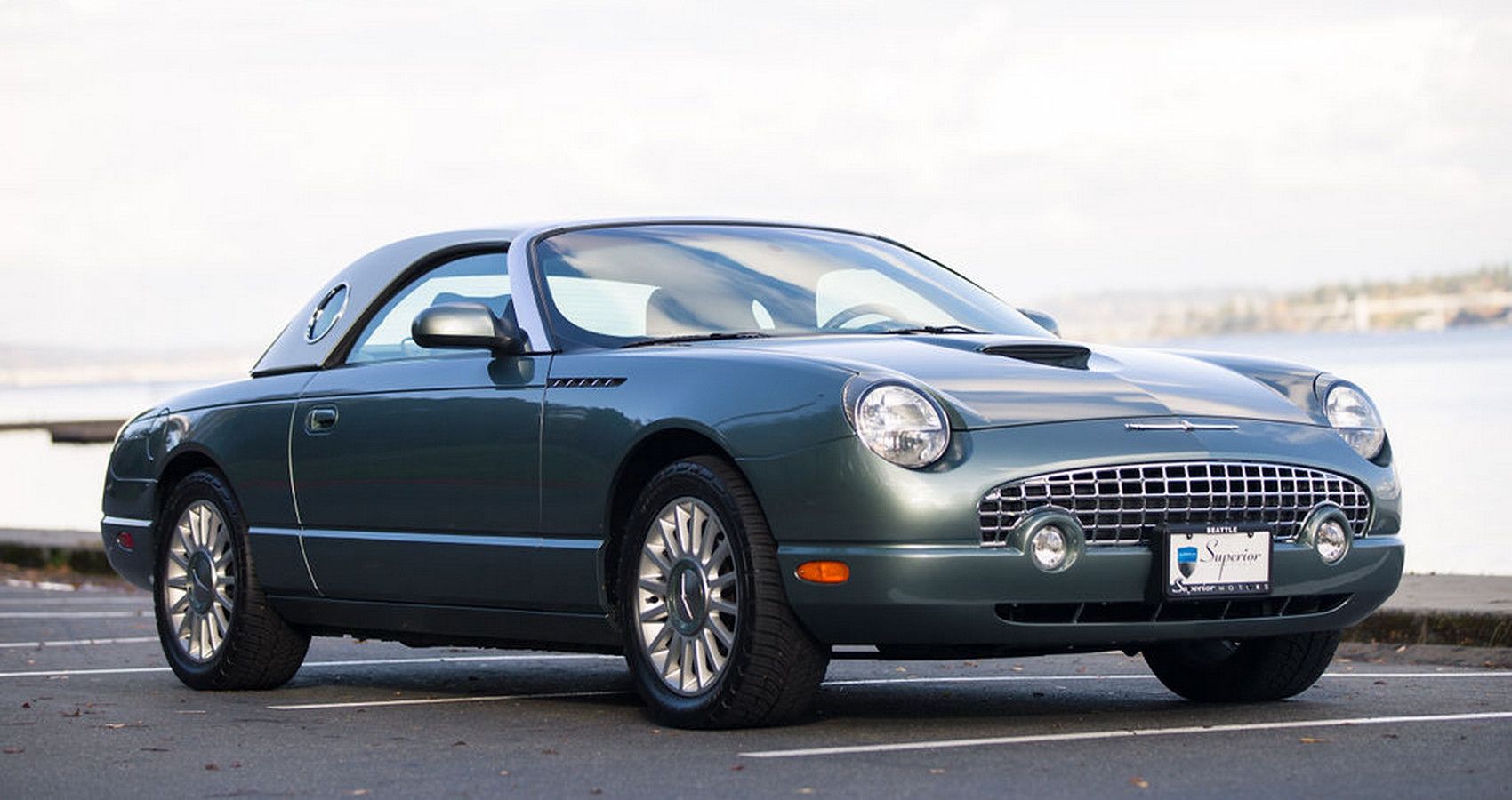Whether you call it the Ford T-Bird or the Thunderbird, there’s no denying that the car gained mythical status and success over its 50-year lifespan, with 11 generations and a lot of styling changes in that time.
It had a life all its own, taking on a character that twisted and evolved with each new generation, with the changes, struggles, and necessities of the American economy molding the design and engine like a rolling timeline.
The T-Bird was conceived before the MK 1 Mustang came on the scene, as it entered production in 1954, when Ford wanted an upmarket luxury car, with a specific set of briefs.
The Ford Thunderbird: Fast, Luxurious, And Stylish, Ideal For The White-Collar Driver
According to Ford, two men – George Walker and Louis D. Crusoe – conceived the idea of Ford making a sportier car.
The brief was as follows: initial guidelines called for a “two-passenger, canvas-topped open car that would make maximum use of standard production components. The design objectives included a weight of 2,525 pounds, an Interceptor V-8 engine, a balanced weight distribution, acceleration better than the competition, and a top speed of more than 100 miles per hour.”
After trying and failing to come up with a good name, from a list that include Beaver, Detroiter, Runabout, and Savile, a designer took part in the chance to win a $250 suit by suggesting his own name, the Thunderbird – it was accepted.
Ford’s first-generation Thunderbird was a success. It was sold between $2,600 and $4,000, and went on to feature lots of luxury options. Nonetheless, it wasn't supposed to be a Ferrari 250 GT, its main focus was simply luxury.
With 4.8-liter and 5.1-liter V8s on offer, the car made 200 hp and was more luxurious than sporty. This philosophy would live on in later models, but the first model however lasted until the introduction of the second-generation model in 1958.
Ford Thunderbird Went On To Bigger Things
The Thunderbird got bigger and bolder as time went on. For the second-generation, the car took on an even bigger and more extravagant form, which reminds us of the sweet times before the fuel crisis; of neon-signed diners and drive-in movies.
In 1958 – the Thunderbirds would start coming thick and fast at this point – the second-generation gained two more seats and a new styling, with up to a 7-liter V8 making around 350 hp depending on the year. The car was classy for the time.
The 3-speed optional automatic would have been seen as modern compared to the optional 2-speed auto in the first-generation T-Bird; nowadays, a 2-speed in a car would seem impossible, but those were the golden years of motoring, even though automotive technology was primitive judging by today’s standards.
Ford’s Third-Generation Thunderbird’s Design Was Out Of This World
In 1961, the famous bullet or rocket-inspired car appeared, with a redesigned exterior that evokes the spirit and the culture of the time – it was the time leading up to the moon landing and the car looked like something out of a sci-fi TV show.
Power was similar to the second-generation Thunderbird, but the transmission was limited to just the automatic, though considering the car’s remit, that was completely fine.
Instead, the car was available with enough interesting and useful features that made it a good cruiser rather than a bruiser.
It would last until 1963 before it then stepped aside for the next redesigned T-Bird.
The same would be true of the next car, although it had the face of a Mustang and was featured in James Bond’s film franchise, it was big, heavy, and as opulent as its predecessor.
The 4th-generation Thunderbird was produced from the 1964 to 1966 model years, and it still made upwards of 300 hp sent to the wheels through a 3-speed automatic, while it also featured the monocoque shell which had debuted a few generations ago.
For A Muscle Car With A Twist, Try The 5th-Generation Thunderbird
The surprise with the 5th-generation Thunderbird is that it eschewed the standard 2-year evolution cycle to last from 1967 to 1971, with a return to chassis construction.
Other surprises like suicide-rear doors and a muscle car-like front made this car look well finished and attractive, with power in the 7-liter still up at around the 350 hp mark, and sent to wheels through a 3-speed automatic transmission.
It was supposed to be in a tier above the Mustang, hence, it was more refined and offered more features, but in 1970, the model was given an unfortunate face fascia, with a beak-like grill that only a mother could love.
The 5th-generation was followed by the 6th-generation model that arrived in 1972. It was huge, with a weight of about 2.3 tons, while power came from a 7.5-liter V8 delivering a power range from as low as 200 hp. However, the 3-speed automatic would struggle to get the humongous car going in a way you could describe as quick - and this was in contrast to the Ferrari Dino 246 GTS, which was already available at the time.
We were now in the midst of the oil crisis and cars needed to be more fuel-efficient, the approaching malaise era would not spell good things for the big, powerful, and large-engined cars from yesteryear.
The Ford Thunderbird Refused To Die, Until The End
Fast-forward through the next two generations to the 9th, the design would be overhauled and the emphasis back on designing a car that was more efficient aerodynamically, has better handling, and as a result was faster with the 5-liter V8, which churned out up to 300 hp.
A manual was even available, and this attractive car would last until 1988, as the 10th-generation model was launched in 1989, with its '90s styling and improved aerodynamics.
The wheezy 140 hp naturally-aspirated 3.8-liter V6 was eventually supercharged to make more than 200 hp and 300 lb-ft of torque, the transmission was a standard 4-speed automatic, so things had moved on in that department too.
It was also much more sophisticated in its suspension setup, which was a sign of the times – this car would last until 1997.
In the end, the 11th generation T-Bird is worth a story to itself, but as a final effort, Ford released the next car; the throwback, retro-looking Thunderbird 11th-gen with a modern drivetrain featuring the must-have 5-speed automatic gear box, a 3.9-liter Jaguar V8 that made between 250-280 hp and up to nearly 290 lb-ft of torque.
This car had its admirers but did not make a runaway success: it was the last, elegant entry in the Thunderbird line, perhaps not the highest point of the story, but the last hurrah of a car that had its golden years back when fuel was cheap, food was unscrutinized, and size did matter.

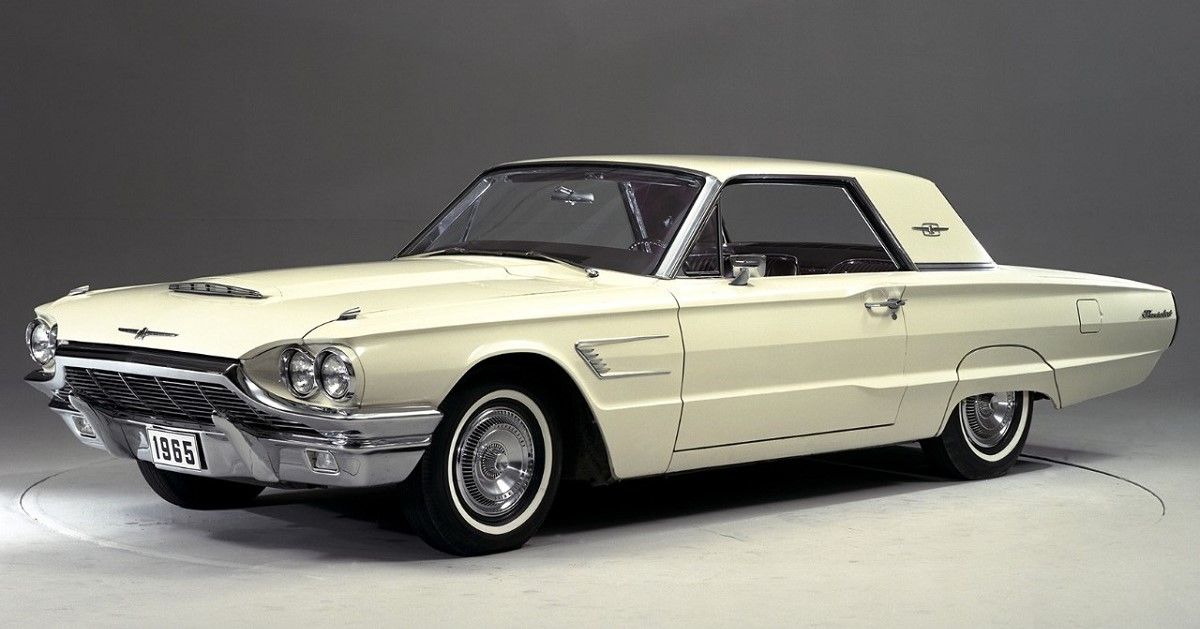
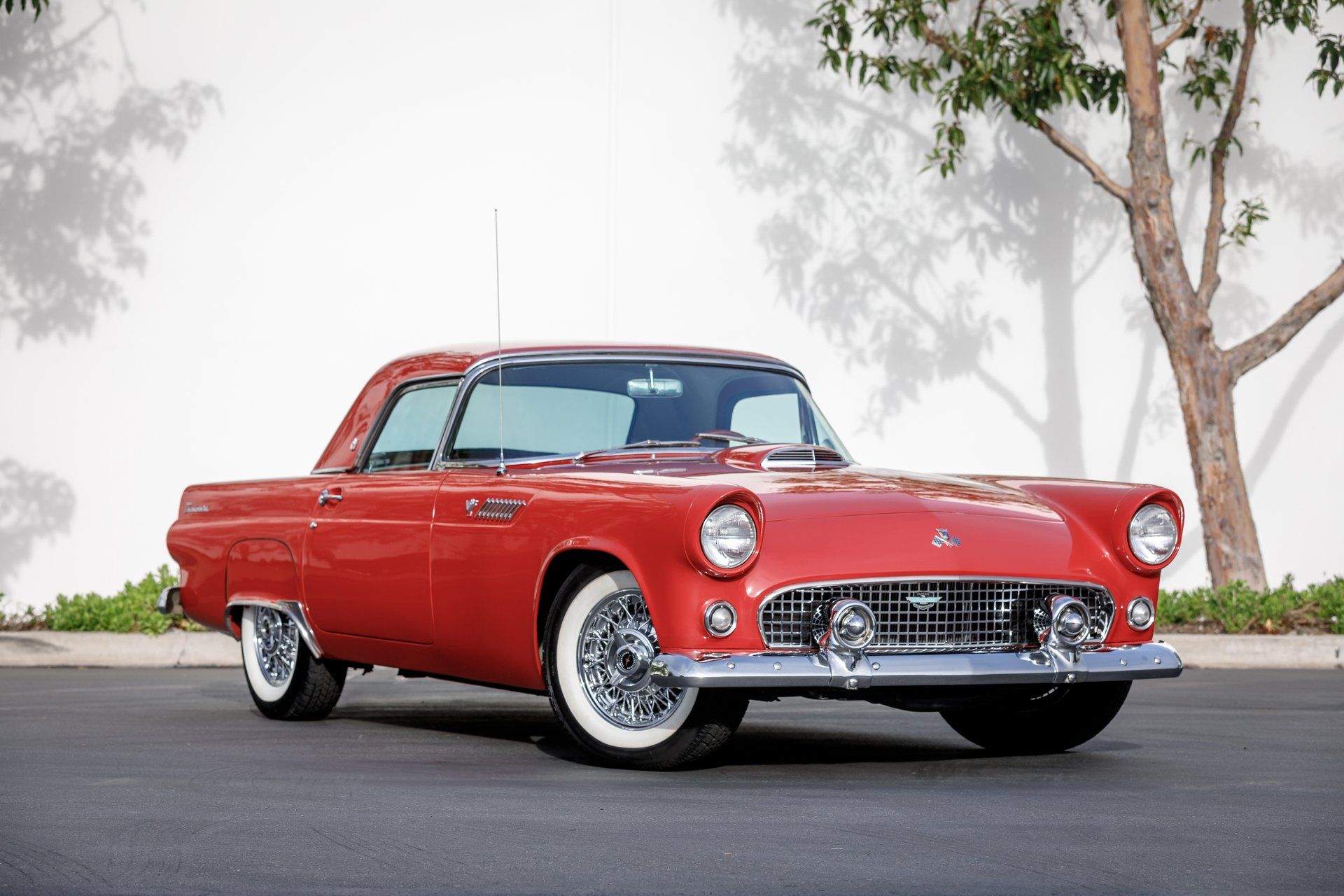
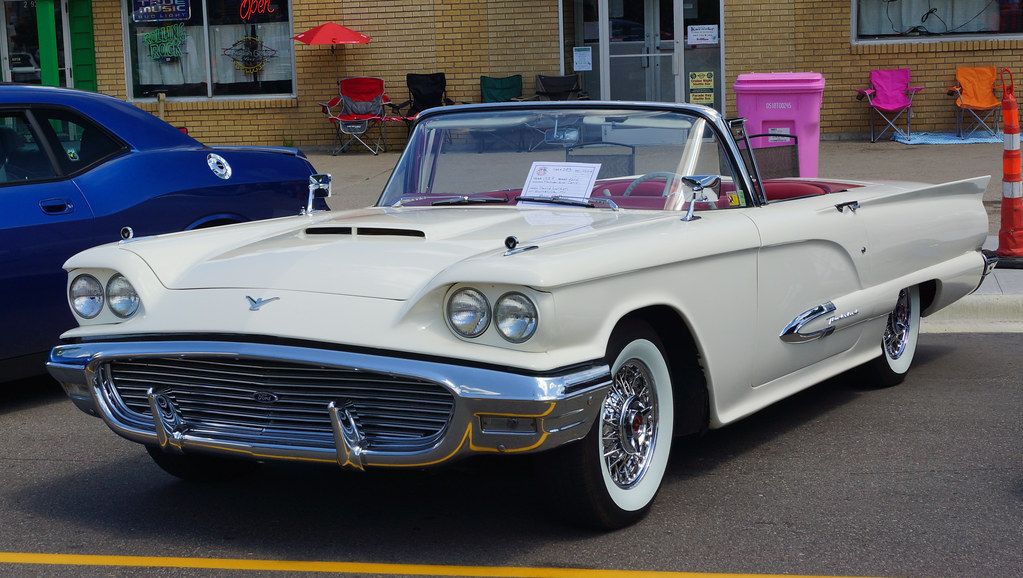
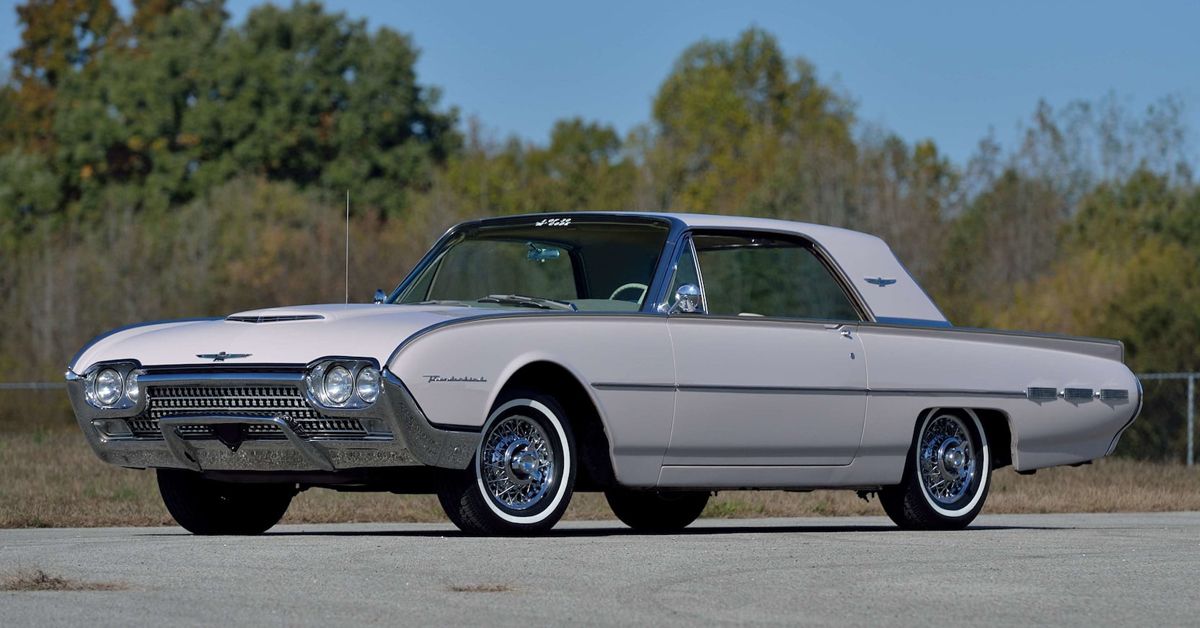
.jpg)
